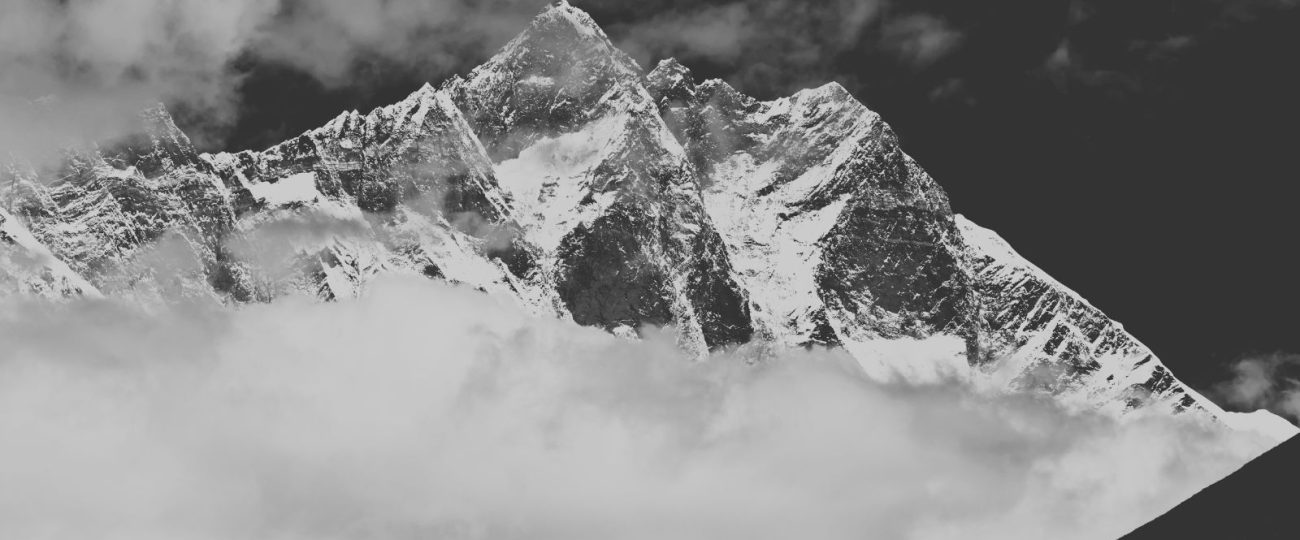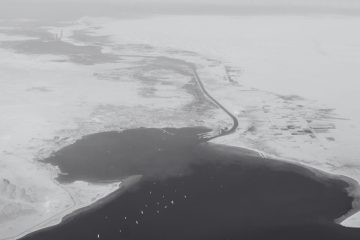What Happened On October 16th?
On October 16, 1986, Reinhold Messner stood atop Lhotse, completing his long pursuit to climb all 14 of the world’s Eight-Thousanders—mountains that rise above 8,000 meters. At 8,516 meters (27,940 feet), Messner reached the summit without supplemental oxygen, concluding a journey that spanned for over sixteen years. After taking in the view for only a moment, he began his careful descent, fully aware that returning safely was just as important as reaching the peak.
Lhotse, like every mountain Messner climbed, tested him to the limit. He chose to attempt the ascent in autumn, when unpredictable weather and avalanches presented constant threats. Armed with minimal gear and refusing supplemental oxygen or large expedition teams, Messner confronted the mountain on his own terms. He believed that the mountain’s challenge needed to be met with self-reliance and endurance. That day, his experience and determination carried him to the summit, ending his quest to climb the world’s highest peaks.
Messner’s journey began in 1970, with the climb of Nanga Parbat. His younger brother, Günther, had joined him, but tragedy struck during the descent when Günther was killed in an avalanche. Messner barely survived, enduring frostbite so severe that he lost several toes. The expedition, which had taken the difficult Rupal Face route, drew heavy criticism from some climbers. Despite this devastating loss, Messner remained focused on his goal. His survival on Nanga Parbat shaped his determination to finish the Eight-Thousanders, and he faced each new mountain with an even greater sense of purpose.
In 1978, Messner and Peter Habeler became the first to summit Mount Everest without using supplemental oxygen. At the time, this feat had been thought impossible, with many experts believing that the human body could not endure the altitude without oxygen. Messner’s success overturned these beliefs, showing the world what was possible. After the climb, he experienced significant physical strain, including temporary vision problems caused by oxygen deprivation. Despite this, Messner returned to Everest two years later to make the first solo ascent of the mountain, again without supplemental oxygen, establishing himself as one of the greatest mountaineers of all time.
In 1980, Messner climbed Everest via the North Face during the monsoon season, a time when few climbers dared attempt the mountain. He faced brutal conditions alone but succeeded, becoming the first to complete the ascent solo without oxygen. Messner spent only a brief time at the summit before descending, his strength nearly gone. He deliberately chose the monsoon season to avoid crowded routes, knowing the dangers but preferring the solitude. The climb pushed him to his limits physically, but it also demonstrated his unmatched ability to endure the harshest environments.
Messner never pursued fame, and his accomplishments were always about pushing the boundaries of human endurance. In 1984, he completed one of his most remarkable achievements by summiting both Gasherbrum I and Gasherbrum II during the same expedition. He managed to climb both peaks without descending to base camp in between, an unprecedented effort. The technical difficulty of Gasherbrum I, with its steep ice walls and unpredictable weather, tested Messner more than any previous climb. Despite the physical toll the expedition took, Messner preferred to avoid attention, returning home quietly after his recovery.
Messner also respected the local cultures of the regions where he climbed. In 1982, while ascending Kangchenjunga, he chose to stop short of the summit to honor the beliefs of the Sikkimese people, who considered the peak sacred. His fluency in several languages allowed him to build relationships with local communities, gaining insights into the terrain and weather patterns that were not found in maps or climbing guides. These connections often proved crucial to his success and safety, and Messner credited the knowledge he gained from locals for helping him navigate some of the most dangerous mountain routes in the world.
Messner’s climbing philosophy centered on self-reliance. He carried his own equipment, set his own ropes, and avoided relying on pre-established base camps. His solo ascents, during which he faced extreme conditions with no assistance, highlighted his belief in confronting nature without external aid. In 1986, Lhotse challenged Messner with its sharp ice formations and steep rock walls. The unpredictable autumn weather only added to the difficulty. His years of experience allowed him to handle the dangers, but he knew the descent could be equally perilous. Exhaustion, low oxygen levels, and treacherous terrain demanded every bit of his concentration as he made his way down.
Messner’s success in the mountains came from more than just his physical endurance. His careful study of the geological features and weather patterns of each peak helped him avoid fatal mistakes. Before each climb, he often consulted with local villagers, who provided valuable information that wasn’t available in conventional sources. This preparation, combined with his technical skill, gave Messner an advantage over other climbers. His deep understanding of the mountains, paired with his respect for their power, allowed him to achieve what few had done before him.
After completing the 14 Eight-Thousanders, Messner chose not to seek public recognition. He reached the top of Lhotse and quietly descended, knowing that the journey had taken an immense physical and emotional toll. Years of climbing in extreme conditions had left his body permanently damaged, but the psychological burden of losing friends and fellow climbers weighed heavily on him. Messner later reflected that the mental challenge of isolation and loss often surpassed the physical demands of the climbs.





